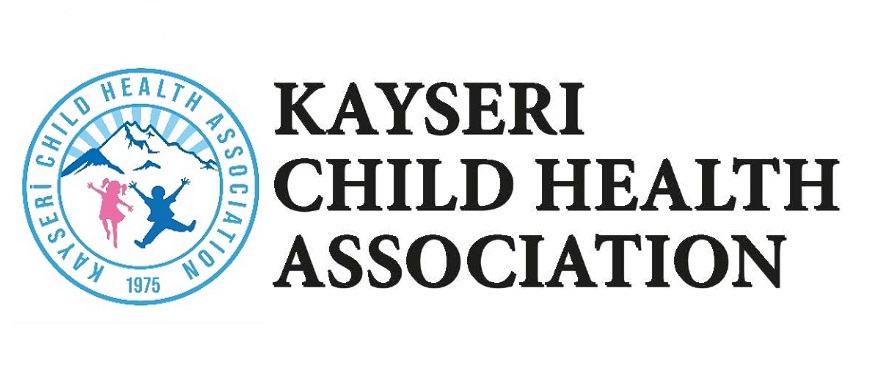Fat and Fat Free Mass Index Reference Percentiles of Healthy Turkish Children and Adolescent in Turkey
Fat and fat free mass index reference percentiles
Keywords:
Fat mass, fat mass index, fat-free mass, fat-free mass index, children, adolescentsAbstract
In addition to body mass index (BMI), fat mass (FM), fat-free mass (FFM), and their index may be used to predict metabolic health risks. The aim of this study is to define age- and gender-specific FM, fat mass index (FMI), FFM and fat-free mass index (FFMI) percentiles for heatly Turkish children and adolescents. A total of 4028 (2252 girls, 1776 boys) participant aged 6–17 years were recruited. The body composition was evaluated by bioelectrical impedans. FM, FMI, FFM and FFMI percentiles were produced. FM, FFM, FMI and FFMI percentiles were calculated. FMI and FM were female predominance through 6 to 17 years. The differences in 3rd-97th percentiles of FFMI were 4.06–7.20 kg/m2 respectively for males, where this difference was 4.06-6.95 kg/m2 for females. We checked the age-specific contribution of FMI, FFMI to BMI and fat% with Hattori chart and found that children with similar BMI may lie in different fat%. Since FM and FFM are important for the evaluation of body composition, in addition to BMI and body fat%, FM and FFM percentiles are required as local reference. Therefore, this study provides normative data for body FM, FMI, FFM and FFI percentiles.









